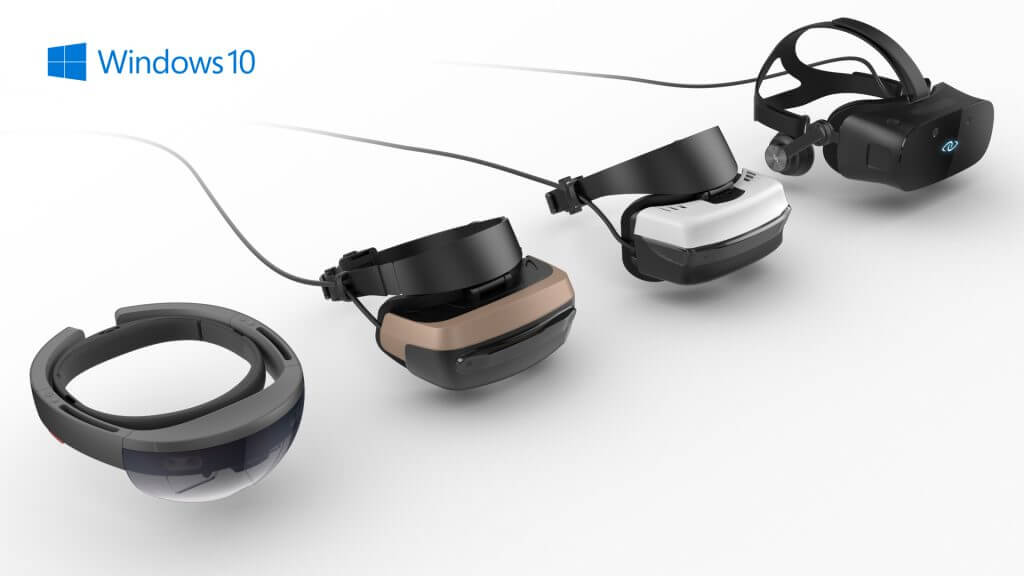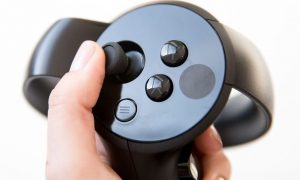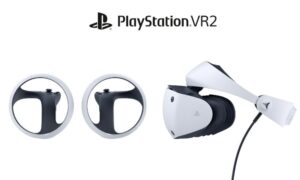The Windows 10 VR Headsets are Priced at $300 and Release in First Half of 2017
Microsoft has released the minimum requirements for the Microsoft Windows 10 VR platform and they are quite basic. It appears like most PCs running Windows 10 bought in the last few years are compatible. This comes as incredible news to VR users considering that the requirements for the HTC Vive and Oculus Rift were too demanding.
For Microsoft Windows 10 VR to work, you will need a PC that meets the following minimum specs:
CPU: Intel Core i5 (i.e. 7200U Processor) or a Dual Core Processor with Hyper-threading
GPU: DirectX 12 compatible graphics card i.e. Integrated Intel HD Graphics 620 or greater
RAM: 8GB dual channel memory
RAM for integrated Graphics
HDMI: HDMI I.4 with 2880×1440 at 60Hz or higher
Bluetooth: Bluetooth 4.0
HDD: 100 GB+ SSD
USB: USB 3.0 Type A with display port alternate mode or better
This information shows that the Microsoft VR platform will work with Intel 7th Generation Processors equipped with integrated graphics. For those who don’t have the newest cheap, fear not, a statement from Microsoft stated that most computers with dedicated graphic cards such as AMD and Nvidia GPU will run VR.
This information shows that the Microsoft VR platform will work with Intel 7th Generation Processors equipped with integrated graphics. For those who don’t have the newest cheap, fear not, a statement from Microsoft stated that most computers with dedicated graphic cards such as AMD and Nvidia GPU will run VR.
Here are 4 Things That We Know for Sure about the Microsoft Windows 10 VR –
The Windows 10 VR is Wholly Unique
This virtual reality headset comes with ‘inside-out six-degree-of-freedom sensors’ – This means that they will be able to track their own position with internal sensors and will not need any base stations or dedicated VR spaces to operate.
Windows 10 VR is Tethered
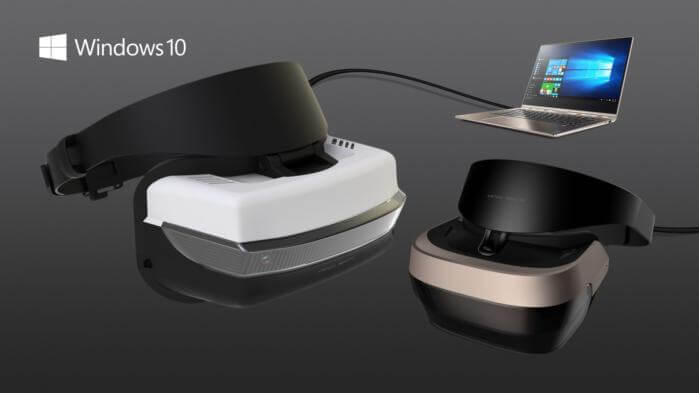
These headsets will required to be tethered to a PC at all times.
The Windows 10 VR is Really Cheap!
Yes! Priced at $300, these will be way cheaper compares to the Occulus Rift at $600 and HTC Vive at $800!
Windows 10 VR Shares Hololens Controls
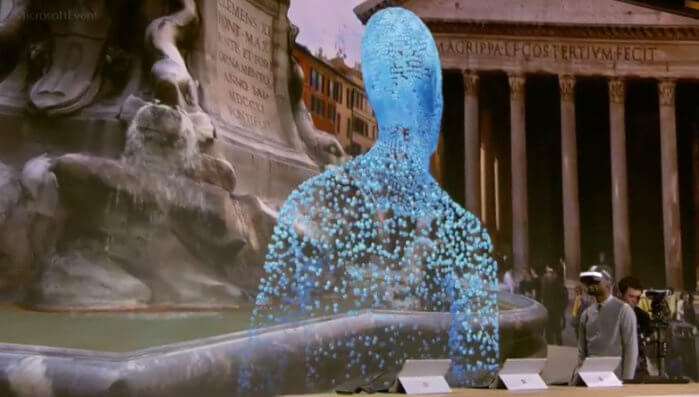
These VR headsets can be controlled using voice commands and hand gestures, similar to how you control the HoloLens. They do not require any in-hand controllers.
Microsoft’s Other VR Projects for 2017
Microsoft users have so much to look forward to in 2017 after the tech giant announced that they are working closely with Intel for a project that will deliver mixed reality, codenamed Project Evo.
They also announced that they are working closely with 3Glasses, a headset maker, for a project that will introduce the Windows Holographic platform on S1 Blubur in 2017. Finally, Microsoft also plans to rollout HoloLens in China in 2017 pending government approval.

